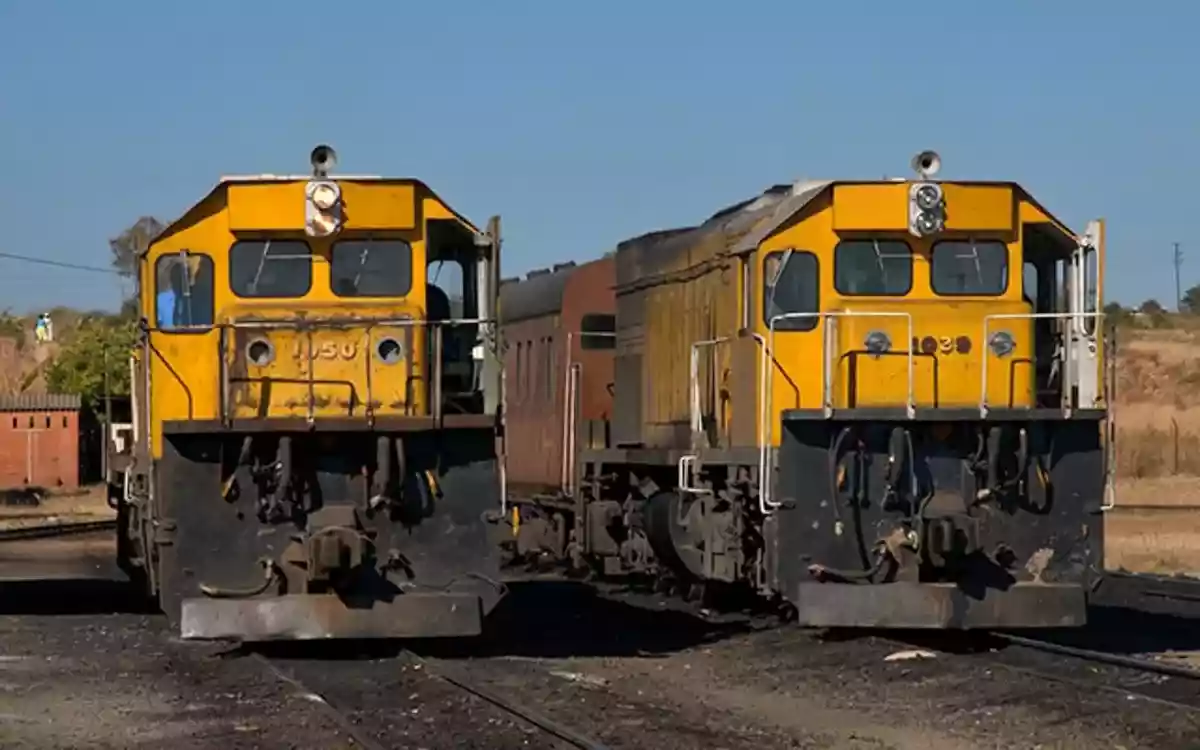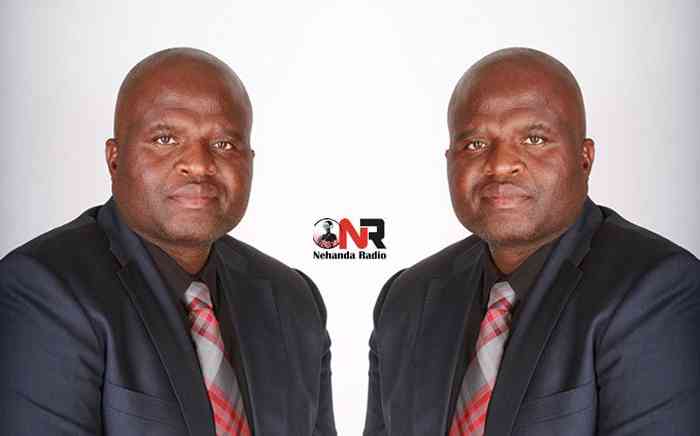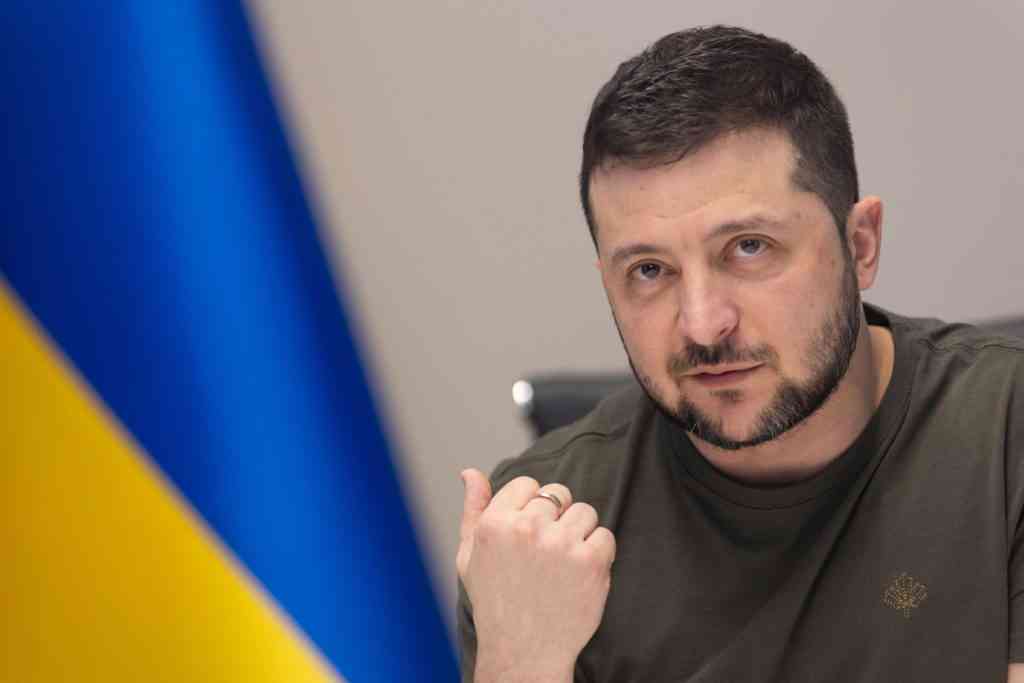
Emmerson Dambudzo Mnangagwa has over the years been known as the crocodile in political circles because he is considered to be cunning and calculating.
By EVERSON MUSHAVA
For years, Mnangagwa waited patiently to achieve his long-held dream of succeeding his mentor Robert Mugabe — a man who ruled Zimbabwe with an iron fist for 37 years until his dramatic fall on November 21.
True to his word, Mugabe was forced to resign by the military who went on to install Mnangagwa as Zimbabwe’s second executive president after the 93-year- old who had been in power since independence in 1980.
The events of November 21 were the climax of a tumultuous year where Mnangagwa became the protagonist in a fierce battle for the control of the ruling Zanu PF and the government.
Signs that the crocodile was ready to pounce started showing as early as January but few took note, save for former Higher and Tertiary Education minister Jonathan Moyo who had made it his business to closely watch his erstwhile’s presidential ambitions.
Mnangagwa had gathered all his friends at his Zvishavane rural home where expensive whisky flowed like water.
The then vice-president posed for pictures with his supporters and one of them leaked to the media, marking the beginning of a testy war of words with Mugabe’s loyalists.
- Chamisa under fire over US$120K donation
- Mavhunga puts DeMbare into Chibuku quarterfinals
- Pension funds bet on Cabora Bassa oilfields
- Councils defy govt fire tender directive
Keep Reading
Mnangagwa was captured in the picture with controversial businessman Energy Mutodi drinking from a mug inscribed “I am the boss”. Mugabe was livid and his foot soldiers were armed.

Mnangagwa became the proverbial political punching bag as the Zanu PF factional wars reached a crescendo.
Mugabe’s then second in command became a target of salvos, mainly from Moyo, who used Twitter to maximum effect.
Moyo often accused his nemesis of being a cruel leader who was plotting against his boss.
Mnangagwa was forced to react to the accusations through the state-controlled media, which was still on his side, but events throughout the year showed that Mugabe did not believe him.
“These elements are against the president, are against the party and its leadership,” Mnangagwa said in his defence for drinking from the controversial mug.
“In other instances, they have a history of disloyalty to the president, which is well-documented,” Mnangagwa said then as the G40 faction continued to ratchet pressure on him.
“It is preposterous to claim to support or act in the same name of the party, or of individuals in Zanu PF while at the same time attacking President Robert Gabriel Mugabe, himself the undisputed leader of our party.
“Simply put, one cannot pretend to support the party while rejecting its president, attacking its core tenets, or undermining its tried and tested ways of conducting its business.”
Predictably, the statement did not douse the factional fires raging around Mnangagwa.
The G40 faction — which had become the voice of Mugabe and his motor-mouth wife Grace, pounced each time the VP had a misstep.
As the dust settled on the mug saga, the Zanu PF factional wars took a surprise turn when Grace flexed her muscles, forcing the ruling party to fire her deputy in the women’s league Eunice Sandi and Sarah Mahoka.
Mnangagwa’s supporters at the time believed the tide had turned because Mahoka was one of the G40 firebrands who were used to attack the vice president on behalf of Grace.
Bouyed by vocal war veterans such as Chris Mutsvangwa, Victor Matemadanda and Douglas Mahiya, Team Lacoste — as Mnangagwa’s backers called themselves — appeared to be bouncing back.
In April the faction was already going for the kill with nationwide demonstrations against then Zanu PF commissar Saviour Kasukuwere who was accused of denigrating war veterans and plotting against Mugabe.
The Zanu PF leader at the time remained mum as the noose appeared to be tightening against Kasukuwere. The former Local Government minister, however, survived the onslaught and Mugabe started to show his hand.
The Kasukuwere debacle appeared to be a decoy by Mugabe to test his deputy’s ambitions.
The smooth political operator set up a commission to investigate Kasukuwere and when everyone expected him to use the findings against Kasukuwere, Mnangagwa instead became the target.
G40 was suddenly back in the game and a public lecture at Sapes Trust in Harare on June 1 where Moyo endorsed Sydney Sekeremayi to succeed Mugabe ahead of Mnangagwa set the tone for the Zanu PF factional wars.
The Kasukuwere saga cleared a new battle front for G40 in the war with Mnangagwa as the matter was taken to the Zanu PF politburo.
On June 16, Moyo left the politburo stunned after he showed the Zanu PF mandarins a 72-hour video that was basically a charge sheet against Mnangagwa for allegedly plotting against Mugabe.
Mnangagwa’s counterpart at the time, Phelekezela Mphoko, joined the fray and launched a salvo at the command agriculture programme spearheaded by the crocodile at the time.
He used a biblical analogy of Adonijah, who solicited the help of the army to install himself king when his father King David was sick.
“You see, what happens is that you cannot anoint yourself; you can’t do that,” Mphoko told The Sunday Mail in July.
“You have to be anointed. . . Go to the Bible and look at how King Solomon was appointed.
“David was very sick, he was very frail and one of his sons, Adonijah, slaughtered over 50 beasts and anointed himself, assisted by Joab, who was a general in the army.
“Joab and Adonijah were working together. In the meanwhile, the reality happened and David installed Solomon and those who had anointed themselves failed completely. Those are lessons you must learn.”
The die had been cast and Mnangagwa was a marked man.
To step up the pressure on Mnangagwa, Zanu PF youths who become Mugabe’s new storm troopers in the wake of his spectacular fallout with war veterans began what were known as interface rallies.
At one of the rallies in Gwanda at the beginning of August, Mnangagwa had to be airlifted after he was allegedly poisoned.
The poisoning saga drew a wedge between Zimbabwe’s two most powerful men at the time as the president disputed his deputy’s claims that there was an attempt on his life.
After recovering from his illness, Mnangagwa tried to hit back at Moyo as he presented his own dossier in the politburo claiming the former university lecturer was a spy for the American Central Intelligence agency.
He claimed Moyo was working to destroy Zanu PF from within, producing newspaper articles where the former ruling party spin doctor savaged Mugabe.
Grace, who in 2014 was instrumental in the expulsion of Mnangagwa’s predecessor Joice Mujuru, seized on the momentum and used the interface rallies to demolish Team Lacoste.
The military also started taking an interest in the G40 and Team Lacoste fight as the generals started to openly fight in Mnangagwa’s corner.
Vice-President Constantino Chiwenga, who was the Zimbabwe Defence Forces commander at the time, threatened to deal with Moyo but few knew what he meant.
The poisoning saga also refused to die as Mugabe accused Mnangagwa’s supporters of trying to destroy his dairy business after they claimed the VP had eaten poisoned ice cream from Gushungo Holdings.
However, at a memorial service for late Masvingo Provincial Affairs minister Shuvai Mahofa, Mnangagwa claimed he was poisoned and the time would come when he would reveal everything that had happened.
This irked Mphoko who was the acting-president at the time where he went on to issue a strongly worded statement chastising his colleague.
Grace picked up the fight and attacked Mnangagwa at a rally in Bindura, accusing the VP of falsely claiming that he was poisoned with ice-cream from her dairy business.
A few days later, Grace accused the army of plotting a coup to install Mnangagwa. She dared the generals to shoot her during a function to unveil the Empowerment Bank in October.
“I’m the first lady and Mnangagwa is a nobody. He was employed by my husband. Why would I kill him? I can’t prepare one cup of an ice cream to kill Mnangagwa,” she charged. “Who is he? I’m the wife of the president.”
The Zanu PF fights were now fast-paced with what was supposed to be the penultimate interface rally in Bulawayo on November 4 proving to be the climax.
Grace was booed by a section of Zanu PF supporters and Mugabe took exception, accusing his deputy of renting the crowd to further his succession politics.
 A few days after he was fired, the veteran politician from the Midlands declared that he would be back in a few days to take the levers of power.
A few days after he was fired, the veteran politician from the Midlands declared that he would be back in a few days to take the levers of power.
“We are denigrated and insulted in the name of Mnangagwa. Did I make a mistake in appointing him as my deputy?” an irate Mugabe rhetorically asked the Zanu PF supporters.
“If I made a mistake in appointing him, tell me and I will drop him as early as tomorrow. We are not afraid of anyone. We can decide even here.
“If it has come to this, it is time that we make a final decision,” Mugabe added then, telling Mnangagwa and his supporters they were free to leave Zanu PF and form their own party.
A day later, Grace went into overdrive, attacking Mnangagwa during a meeting with churches at Rufaro Stadium in Harare, where she claimed Mugabe’s deputy had been plotting a coup against his boss since 1980.
Mnangagwa was fired the next day and immediately escaped to South Africa through Mozambique.
He released a statement from South Africa vowing to come back to “lead the people.” Mugabe dismissed the statement in a politburo meeting, claiming it was authored by Mutsvangwa.
Chiwenga, who was in China when Mnangagwa was fired, returned home a few days later and there was an attempt to arrest him on arrival at Robert Mugabe International Airport.
The following day he addressed journalists while flanked by army generals at the Josiah Magama Tongogara Barracks where he warned Mugabe against purging Mnangagwa’s supporters.
Chiwenga’s threats were dismissed by Zanu PF youths led by Kudzai Chipanga, who vowed to die for Mugabe.
November 14 became the turning point as military tanks started advancing towards the city centre and by dawn the following day, the army had put Mugabe under house arrest.
The military had taken over the national broadcaster ZBC, blocked many roads leading to Harare and captured strategic places that included the Parliament, courts, and Mugabe’s Munhumutapa Office and State House, among others.
Several G40 members, including Moyo and Kasukuwere fled the country and are still in exile. Finance minister Ignatius Chombo was captured during the night. He was later charged for crimes dating back to 1997.
Initially, Mugabe refused to go without a fight and the generals used a number of tactics to force him to resign, including a march on November 18 where they roped in ordinary Zimbabweans.
Zanu PF organised a central committee meeting the following day that fired Mugabe, Grace, Mphoko and several others from the party. But Mugabe still refused to step down in a televised speech that Sunday.
On November 21, a joint sitting of Parliament was ready to impeach Mugabe when it was announced he had resigned.
Mugabe’s resignation sent Zimbabweans into delirium as they organised street parties.

Meanwhile, Zanu PF moved fast to install Mnangagwa as its new leader. He returned from South Africa and by November 24 he was being sworn in as Zimbabwe’s new leader.
On December 1, Mnangagwa announced his new Cabinet that is dominated by former Mugabe ministers.
The military, who were the new power brokers, provided Air Marshall Perrance Shiri who came in as Lands minister and Major General Sibusiso Moyo, the new Foreign Affairs minister.
A low-key Zanu PF congress at the beginning of this month confirmed Mnangagwa as the party’s presidential candidate in next year’s elections.
On December 23, Mnangagwa named Chiwenga and Kembo Mohadi as his new deputies.
He also gave Chiwenga the Defence and War Veterans portfolio on December 29, raising questions about the military’s role in the new government.











